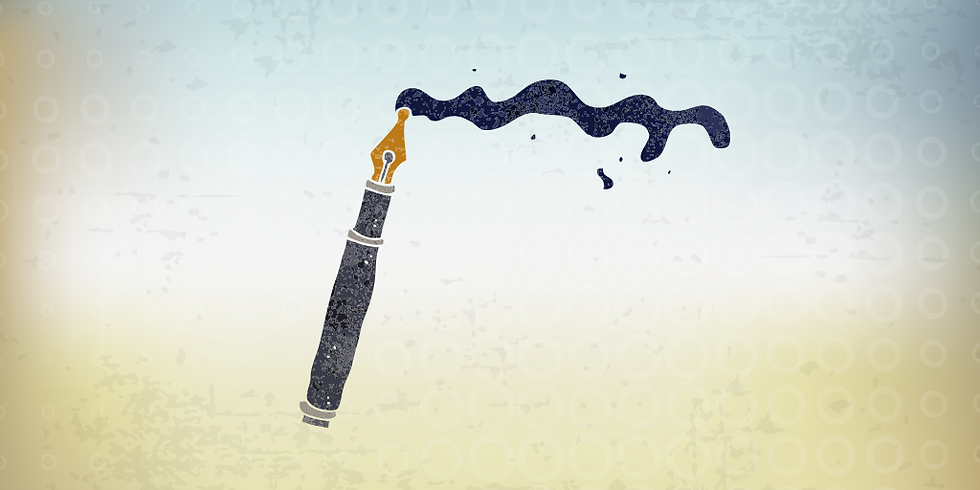The Three Types of Editing
- Jeannette
- Dec 12, 2018
- 2 min read

While writing your novel you have this vague idea that your novel will require professional editing. Whether you plan to self-publish or traditional publish you realize that some kind of editing occurs. Or at least that it should occur.
Many authors who haven’t worked with an editor may not realize the different kinds of editing that editors do. Editors typically have a specialty. For example, there are academic editors, science editors, medical editors, business editors, etc. And within those specialties, they can further be broken down into even smaller niches. I am a fiction and memoir editor. But that still doesn’t cover the different TYPES of editing that happens within those specialties.
The different types include the following categories; content, copyediting, and proofreading.
Those unfamiliar with the broad spectrum of editing tend to think of copyediting and proofreading as editing.
Copyediting entails correcting grammar, punctuation, typos, misspelled words, double words, incorrect words, etc. It also corrects for clarity and consistency. There may also be fact checking but it’s not typically the domain of a copyeditor.
Proofreading is done after everything has been corrected. Mistakes will be corrected but otherwise the writing is polished. Proofreading is done after everything is otherwise perfect. You do not proofread until all elements are exactly as they should be. Ideally anyway.
Content editing involves several sub-types of editing. Basically, a content editor is looking at the content and assessing it. Included under this umbrella are manuscript assessment, critique, line editing, and structural editing. A developmental edit will include most of these over several passes between you and your editor. A manuscript assessment is a lighter version of a critique. An editor will break the story down into basic components of plot, dialogue, character, style, and descriptions. Every editor is a little different in how they approach this but that’s basically what you can expect. While the assessment will provide an overview of these categories a critique will dig deeper with the analysis. Structural editing digs more into the plot. Line editing is more or less what it sounds like. It’s distant cousins to copyediting. The editor goes line by line and edits for style and clarity.
There will be variations among editors in how they precisely define the terms.
The purpose of this post is to broaden what you make have thought of editing and its functions. When you reach out to an editor you don’t need to know exactly what you want or need. The editor will assist you with understanding what they offer and what to expect.
Most of my colleagues that I interact with are professional, kind, and above board. I want authors to feel comfortable reaching out to editors to discuss their options, budgets, and see if they’d be a good fit, if you find an editor is pressuring you into a service, I suggest to cut contact with them.
Final thought Jerry Springer style: Proofreading is the absolute last thing you do. Because, you know, you’re reading the proof.
Toodles!! Xoxo Jeannette


























Comments